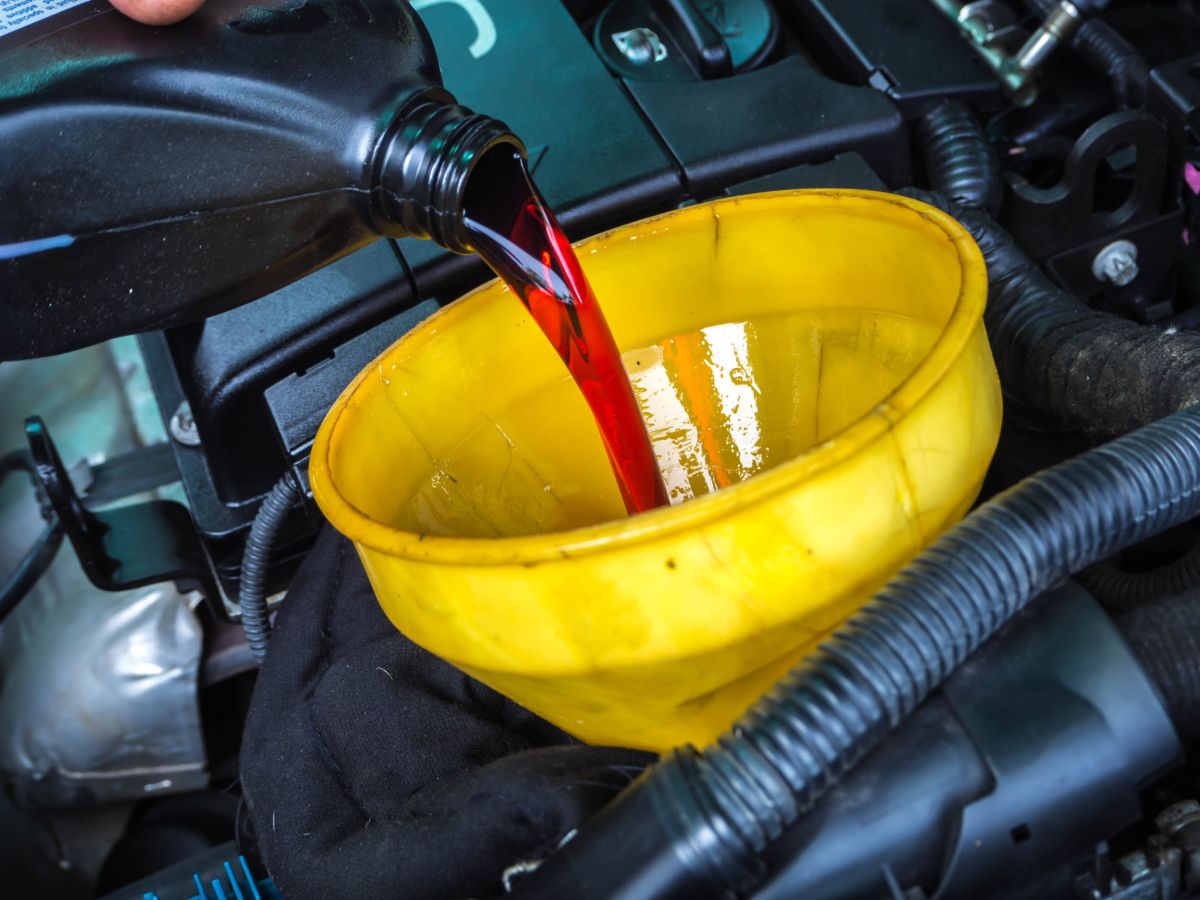A car’s transmission is responsible for converting power The wheels are machined so that it can move forward. Its structure provides the necessary power to the drive wheels of the vehicle so that they can work.
Like a machine The transfer of cars is made up of many things Metal parts, gears and discs need a lubricant to work properly, in addition to avoid dry friction that damages all its parts.
So, it is very important Always have the right amount of oil in your transmission. It is important that it is always at the recommended level, not less and not more.
Although it is strange, If your car has too much oil in its transmission Its performance may not be optimal. So before adding lubricant, make sure it’s really needed, and if you think it’s too much, pay attention to the signs your car is giving.
So, doHere we tell you 5 signs This indicates that your car’s transmission has too much lubricant.
1.- High fluid level in dipstick
The transmission has a dipstick, so if you’re trying to figure out if you have too much transmission fluid, that’s the first thing to check.
To accurately check the transmission fluid level on the dipstick, the engine must be at operating temperature. You should check the transmission fluid when it’s hot, as the fluid expands when it warms up. This means that if you are checking it when it is cold and the level is already high, it will get worse if you check it at operating temperature.
2.- Engine overheating
One of the purposes of transmission fluid is to keep the system from overheating, so it doesn’t make much sense to overheat.
But the problem is that when there is too much transmission fluid in the system, it doesn’t work properly.
3.- Problems with changing speed
Transmission fluid keeps everything lubricated and gear changes smooth. While the correct amount of transmission fluid does not create a problem, too much can cause it to malfunction.
In automatic transmission vehicles, the shifts are stiffer and in manual you need to apply a bit more force on the gear lever to get into the gear you want.
4.- Fluid leakage
Too much transmission fluid leads to excessive pressure building up and the seals can only handle a certain amount. When this happens, some of the seals will crack or fail, and as a result, lubricant will begin to leak from the transmission.
5.- Slipping transmission
Excess transmission fluid puts extra stress on everything inside the transmission. This can have a variety of effects, but the stream can drop from time to time.
What you may notice in an automatic vehicle is a slight loss in power and a slight difficulty in driving. If you are driving a vehicle with a manual transmission, you will need to downshift and then re-engage.
***
This may interest you:
5 Possible Reasons Why You Shouldn’t Replace Your Transmission Parking
How a Car’s Manual Transmission Works: This video shows what happens inside a car



:quality(85)/cloudfront-us-east-1.images.arcpublishing.com/infobae/SMPW7M5BQFERBOQUPJXKCOKARY.jpg)
:quality(85)/cloudfront-us-east-1.images.arcpublishing.com/infobae/NP5NEZXMZFGNLBHNEQJHPJVMKM.jpg)
